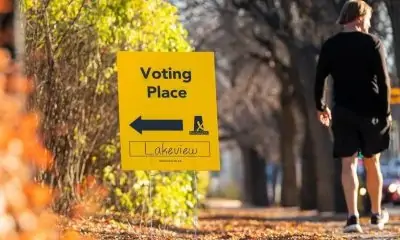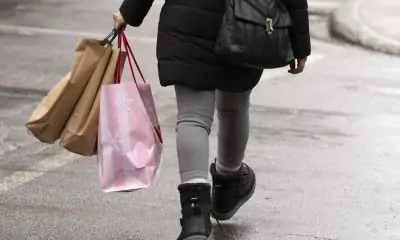Canadian real estate buyers are driving prices using irrational exuberance. US Federal Reserve (The Fed) data shows Canada’s homebuyers were “exuberant” in Q3 2020. This is when buyers disregard fundamentals, and paid more because they felt they couldn’t lose. This isn’t new, but it’s not as old as some have assumed. Canadian homebuyers irrationally drove price growth for nearly five years. The length of irrational buying firmly places the market in bubble territory.
Irrational Exuberance
“Irrational exuberance” is a term infamously used by former Federal Reserve chair Alan Greenspan. He used it to describe buyers of the Dot-Com bubble in the 1990s, who bought solely on enthusiasm. Good news received an irrational premium, and bad news was disregarded as temporary. Only one message is heard – buy as much as possible, as fast as you can. The term has since been used to describe bubble participants.
When’s the last time you heard someone say, “it only goes up” to describe an asset? Or even, “there’s no risk.” That’s exuberance. It’s the feeling you can’t lose, regardless of how much you know about an investment. It’s also infectious.
Once people see their friends and neighbors make money, they get FOMO and mimic the behavior. Inevitably, the majority of the market adopts the feeling it “can’t lose,” based on recency bias. It doesn’t matter if we’ve seen this before, it’s different this time. These situations are more commonly known as “bubbles.”
Post-Great Recession, the Fed developed a “smoking gun” indicator to identify real estate exuberance. Efthymios Pavlidis of Lancaster University, and the Dallas Fed teamed up to measure “explosive dynamics” in pricing. This is when home prices escalate faster than any fundamental improvement warrants. The longer explosive dynamics occur, the more likely buyers are exuberant.
The more confident you are in exuberance, the more confident you can be the market is ignoring risk. Investors say, “watch the downside, and the upside takes care of itself.” Exuberant speculators say, “there’s no downside.”
How To Read The Exuberance Indicator
Pavlidis and the Dallas Fed did all of the hard work, it just takes a quick explanation to understand what it means. There’s two values – a critical threshold value and an exuberance index reading. As buyers act less rational, the exuberance indicator rises further.
If the index is above the critical threshold, you’ve got exuberant buyers. If the index stays above the threshold for 5 quarters, you have an exuberant market. Once again, this is more often called a bubble.
Researchers can’t determine when a market will correct, or by how much. An exuberant market will need a correction in order to get back to normal though. Policy makers can delay a correction, however that creates moral hazard.
Moral hazard is when someone is encouraged to feel like they can’t lose. What happens when you get that feeling you can’t lose? You got it! Even more exuberance. It gets even worse.
Canadian Real Estate Has Been Exuberant For 19 Quarters
Canadian real estate hasn’t reached the exuberant level yet, so carry on. Just kidding, the index read 2.3 in Q3 2020, clearing the critical threshold by 67%. The reading is now at the highest level since 2017, when Toronto and Vancouver overheated. It’s also the 19th consecutive quarter the market has been exuberant. For those that don’t measure their kid’s ages by dividend payments, that’s a quarter shy of 5 years.
Canadian Real Estate Exuberance Index
The US Federal Reserve Exuberance Index for Canada, and critical value threshold. A market that is is above the threshold for 5 consecutive quarters is considered to be exuberant. Source: US Federal Reserve, Better Dwelling.
Is Canadian real estate in a bubble? According to the Fed’s research, yes this is a market driven by exuberance. Only 5 consecutive quarters make a market exuberant, and Canada has 19 consecutive quarters. It may be up for debate if it was maybe one or two quarters over the threshold, but at this point – come on.
The Fed data shows the exuberance doesn’t go back nearly as far as some think. Home prices largely moved with incomes and credit growth until 2015. That’s when Vancouver started to get heated, with Toronto joining until 2017.
The market is back to 2017 exuberant levels, but it’s very different this time. Instead of a handful of cities, almost every market is now experiencing huge price growth. Like I said, you can delay a market inefficiency with policy. That inefficiency still persists though, and is joined by even more moral hazard. On the upside, I’ve been told I can’t lose.
Source:- Better Dwelling
Source link
Related



















